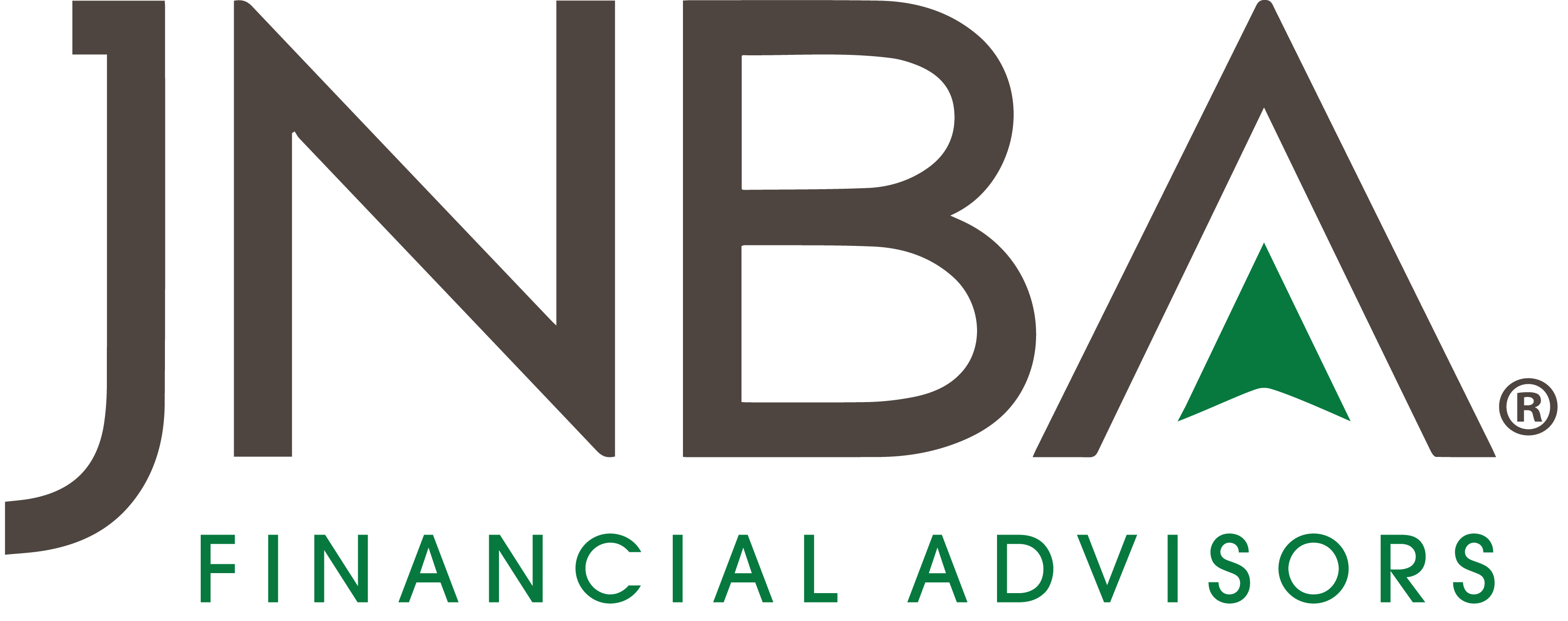Self-employed individuals inherently make a lot of decisions on a daily basis. One decision that can seem daunting but should not be overlooked is what type of retirement plan to utilize. As a self-employed individual, saving for retirement can be difficult. The potential of fluctuating income, , higher health care costs, and everyday expenses of running the business are all reasons that some entrepreneurs will delay setting up a savings vehicle to help them achieve their retirement goals and objectives.
Saving for retirement is a very important aspect of running a business and thankfully, there are plenty of options available that are unique to those who are self-employed.
There are four main retirement savings options available to self-employed individuals:
- One-Participant 401(k)
- SEP IRA
- SIMPLE IRA
- Defined Benefit Plan
Each plan has its specific benefits and may or may not be appropriate based on your business. Below is a brief explanation of each:
One-Participant 401(K)
Also known as an Individual 401(k) or solo 401(k), this plan is specifically for those self-employed individuals who have no employees other than a spouse working for the business. This plan and the rules associated with it closely mirror a 401(k) offered by larger corporations. The big difference is you get the advantage of contributing as both an employee and the employer. Elective deferrals (employee contributions) can be up to $23,000 or $30,500 if age 50 or older as of 2024. Total contributions (employee plus employer) can be up to $69,000, or $76,500 for those 50 or older as of 2024. If your spouse works for you, they can also contribute to the plan and receive an employer match. If that’s not enough, your employee contributions can also be made into a Roth portion of the plan, making this a versatile vehicle to save for retirement. This type of retirement plan is quickly becoming one of the most popular for self-employed individuals based on its flexibility and high contribution limits.
SEP IRA
A Simplified Employee Pension (SEP) is a variation of a traditional IRA. This plan is easy to administer and allows for multiple employees to be a part of the plan. With this specific plan, the employer alone makes contributions to the plan. Although the limit is the same for total contributions at $69,000 a year, you are limited to 25% of your net earnings, meaning you would need to earn enough to make the full contribution. While there is no annual funding requirement, when you do contribute, you need to do so for all of your eligible employees.
SIMPLE IRA
This type of plan works best for small businesses, typically those with 100 or fewer employees who would find a traditional 401(k) too expensive to administer. It is a combination of an IRA and a 401(k) plan. The investment, rollover, and distribution rules are very similar to a SEP IRA, except with lower contribution thresholds. You can put a maximum of $16,000 in the plan annually, or $19,500 for those age 50 and older in 2024. The employee is allowed to make contributions, and the employer has the option of contributing dollar for dollar up to 3% of each participating employee’s income each year, or a fixed 2% contribution to every eligible employee’s income whether they contribute or not.
Defined Benefit Plans
Want the ability to defer even more tax on an annual basis and have the income to sustain higher contributions over several years? Self-employed individuals also have the ability to set up a defined benefit plan (e.g., Cash Balance Plan, Keogh Plan) for themselves. These plans come with higher expenses to administer and more complexities in terms of contribution limits but can allow you to defer up to $230,000 to the plan on an annual basis.
Other Ways to Save
The above plans are not appropriate for every small business, so it is important to remember your other options as well. A Traditional IRA or Roth IRA is a great place to save assuming you meet the eligibility requirements. These plans alone allow you to save up to $7,000/year (or $8,000 if you are over the age of 50 as of 2024), which may be all that is needed to help you achieve your retirement goals.
Another great vehicle to consider is a Health Savings Account (HSA). Since you are likely paying for your own health insurance, you are probably on a high-deductible medical plan. Contributing to an HSA can reduce your current tax liability and, if used for qualified medical expenses, be withdrawn with no tax consequences as well.
It may still seem overwhelming to choose the right retirement plan for your business, but with the help of your JNBA Advisory Team and some input from your accountant, saving for retirement can be an easy decision.
JNBA is neither an agent of IRS nor an agent nor an agent U.S. Department of Treasury. JNBA is not an accountant and no portion of the above should be construed as accounting advice. All accounting issues should be addressed with an accounting professional of your choosing. JNBA is not an attorney and no portion of the above should be construed as legal advice. All legal issues should be addressed with the legal professional of your choosing.
Due to various factors, including changing market conditions and/or applicable laws, the content may no longer be reflective of current opinions or positions. Moreover, you should not assume that any discussion or information contained in this blog serves as the receipt of, or as a substitute for, personalized investment advice from JNBA Financial Advisors, LLC.
Please see important disclosure information at www.jnba.com/disclosure





